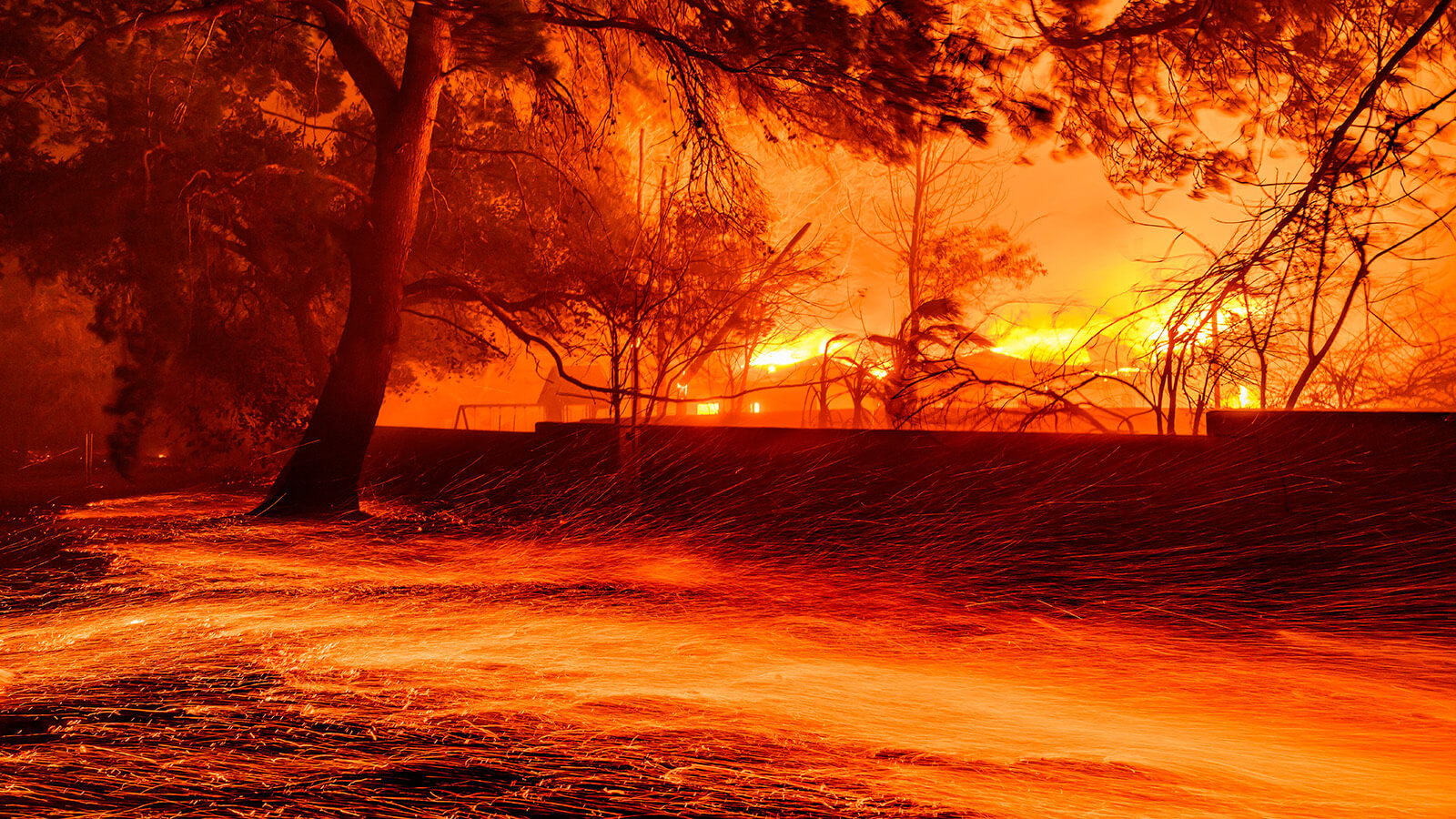 |
|
The recent wildfires ravaging Los Angeles have cast a devastating shadow over the city, forcing thousands to evacuate their homes and leaving behind a trail of destruction that encompasses both modest dwellings and opulent mansions. The scale of the disaster is immense, highlighted not only by the sheer number of displaced individuals but also by the dramatic imagery emerging from the affected areas. Smoke, thick and ominous, has painted the sky in an unsettling red hue, a stark reminder of the inferno raging below. Firefighters, brave and relentless, battle the encroaching flames, their efforts a poignant testament to the human spirit's resilience in the face of overwhelming odds. The juxtaposition of the devastation with the backdrop of the affluent Pacific Palisades, an area known for its stunning coastal views and luxurious residences, underscores the indiscriminate nature of the wildfires, highlighting the vulnerability of even the most privileged communities.
The fires' rapid and uncontrolled spread is a direct consequence of a confluence of factors, most notably the exceptionally dry conditions prevailing in the region and the strong, erratic winds that have fanned the flames. These conditions created a perfect storm, transforming a relatively localized brush fire into a major conflagration that rapidly overwhelmed containment efforts. The Santa Monica Pier, a cherished landmark, stands as a poignant witness to the scale of the disaster, its picturesque beauty marred by the ominous smoke billowing from the burning hills in the distance. This stark contrast serves as a potent symbol of the devastating power of nature's fury and the fragility of human infrastructure in the face of such overwhelming forces. The images emerging from the affected areas—homes reduced to ashes, firefighters battling relentless flames, and a sky choked with smoke— paint a grim picture of the ongoing crisis.
The impact of the wildfires extends far beyond the immediate physical destruction. The psychological toll on the affected communities is immense, leaving residents grappling with feelings of fear, desperation, and uncertainty about the future. Many have lost not only their homes but also cherished possessions, memories, and a sense of security. However, alongside the widespread devastation, stories of resilience and solidarity are also emerging. Neighbors are helping neighbors, community organizations are providing essential aid, and the outpouring of support from across the country serves as a testament to the enduring human spirit. The swift and coordinated response by emergency services, including firefighters, police, and paramedics, has been vital in mitigating the impact of the wildfires, and their dedication is a beacon of hope in a time of great adversity. Yet, the path to recovery will undoubtedly be long and arduous, requiring significant resources, meticulous planning, and the unwavering support of the wider community.
The Los Angeles wildfires serve as a stark reminder of the ever-present threat of natural disasters and the critical need for comprehensive disaster preparedness. The frequency and intensity of wildfires in California have been increasing in recent years, driven by climate change and the increasingly dry conditions. This underscores the urgent need for proactive measures to mitigate the risks of wildfires, including improved forest management practices, community education, and investment in advanced firefighting technologies. These preventative measures are not simply a matter of cost-benefit analysis; they are a crucial investment in the safety and well-being of our communities. The images of the burning homes and the smoke-filled sky stand as a stark reminder that prevention is far more effective, and far less costly, than reacting to a full-blown crisis.
Looking ahead, the challenges of rebuilding and recovery are monumental. The process will require a concerted effort from all stakeholders—government agencies, non-profit organizations, private businesses, and individuals—to ensure that affected communities receive the support they need to rebuild their homes, their lives, and their sense of community. The long-term implications of the wildfires extend beyond the immediate physical damage, encompassing the environmental impact on the ecosystem, the economic repercussions on the region, and the lasting psychological effects on those who have experienced the devastation firsthand. The experience of the Los Angeles wildfires underscores the interconnectedness of human activities, environmental factors, and disaster response. It serves as a potent reminder of the importance of understanding and adapting to the changing climate, investing in preventative measures, and fostering a resilient society capable of effectively responding to the challenges posed by natural disasters.
